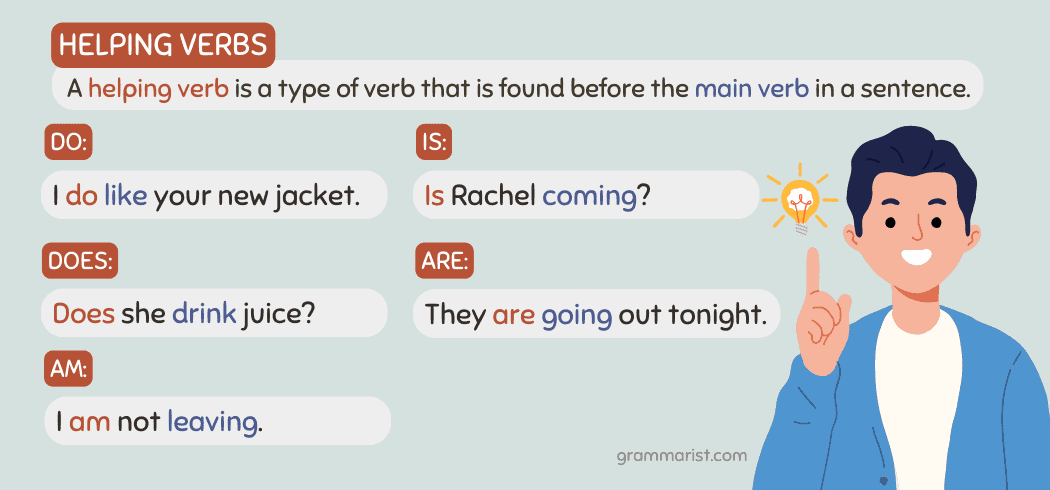Are Side-by-Sides Street Legal? Rules, Steps, and What You Need to Know
Understanding Side-by-Sides and Street Legality
Side-by-sides, also known as UTVs (Utility Task Vehicles), are popular for off-road recreation, land management, and utility tasks. Their growing popularity has led many owners to wonder if these vehicles can be used on public streets like traditional cars or trucks. The answer depends on several factors, including local and state laws, safety equipment, and vehicle classification. This article will walk you through the legal status of side-by-sides, the requirements for making them street legal, and how to navigate the process with actionable guidance and real-world examples.
Current Legal Status: Where Are Side-by-Sides Allowed?
In most states, side-by-sides are not automatically considered street-legal vehicles. They are primarily designed for off-road use and must meet additional requirements to be legally operated on public roads. For example, in Florida, UTVs are classified with ATVs and are generally limited to unpaved public roads with speed limits of 35 mph or less, and only if permitted by local ordinances [1] . Operators are responsible for checking both state and local regulations, as cities and counties may impose further restrictions or grant additional permissions.
Recent legislative efforts, such as Florida Senate Bill 440, propose expanding where UTVs can be legally driven. If enacted, these changes would allow UTVs to operate on two-lane county roads and municipal streets with speed limits under 55 mph, provided they meet specific equipment and registration requirements [2] . This demonstrates the rapidly changing landscape for side-by-side legality and the importance of staying current on local laws.
Key Requirements for Making a Side-by-Side Street Legal
To convert a side-by-side to street-legal status, owners typically must make several modifications so the vehicle meets safety standards similar to those applied to automobiles. Common requirements include:
- Headlamps, tail lamps, and turn signals : Ensuring the vehicle is visible and can communicate turns and stops to other drivers.
- Reflectors : Required for nighttime visibility.
- Windshield : A windshield is often mandatory for street use.
- Rearview mirrors : Both side and center mirrors are usually needed.
- Horn : Must be audible at a certain distance.
- Seat belts : Each passenger seat must have a functioning seat belt.
- Vehicle Identification Number (VIN) : The vehicle must have a visible VIN.
- Insurance and registration : Proof of insurance and vehicle registration is generally required, similar to conventional vehicles.
For example, the Florida SB 440 bill mandates all these features for UTVs to be permitted on certain public roads [2] .

Source: planetofhotels.com
Step-by-Step Guide: How to Make Your Side-by-Side Street Legal
Although processes vary by state, the following steps provide a general pathway for pursuing street-legal status for your side-by-side:
- Check Your State and Local Laws : Consult your state’s Department of Motor Vehicles (DMV) or equivalent agency, and review local ordinances. Some states provide official guidance on their DMV websites. If online information is not available, call your local DMV office and ask about UTV or side-by-side street legality requirements.
- Complete Required Modifications : Install all mandatory safety equipment as specified by your state and local ordinances. This may include lighting, mirrors, seat belts, and other features listed above. Keep receipts and records of all modifications.
- Obtain Necessary Documentation : Secure a title for your side-by-side if you do not already have one. Some states require a special inspection or certification process to confirm compliance.
- Purchase Insurance : Acquire the minimum required insurance coverage, such as Personal Injury Protection (PIP) and Property Damage Liability (PDL), if applicable [3] .
- Register and Obtain a License Plate : Submit your documentation to the DMV, pay any applicable fees, and receive your registration and license plate. Some states have specific forms or inspection checklists for street-legal UTVs.
- Maintain Compliance : Keep your vehicle in compliance with all safety and registration requirements. Periodic inspections may be required in some areas.
If you need assistance, some companies specialize in helping owners navigate the paperwork and requirements for street-legal conversions. These services are particularly helpful for those unfamiliar with DMV processes or who want to avoid common pitfalls [4] .
Examples and Case Studies
Consider the example of a Florida resident who owns a UTV for agricultural work. Under current law, the owner may only operate the UTV on unpaved public roads with speed limits of 35 mph or less, and only if permitted by local authorities. However, after equipping the vehicle with the required safety equipment, obtaining insurance, and registering it per proposed SB 440 requirements, the owner could potentially operate the vehicle on additional county or municipal roads if the law passes [2] .
Another example involves recreational users in states where side-by-sides are not street-legal by default. Some owners have successfully registered their UTVs as low-speed vehicles (LSVs) by meeting all LSV requirements, such as speed restrictions and safety equipment, thereby gaining limited street access. However, this approach may not be available in all jurisdictions and typically restricts operation to roads with lower speed limits [3] .
Challenges and Alternative Approaches
Converting a side-by-side for street use is not always straightforward. Some common challenges include:
- Cost : Upgrading a UTV with all necessary equipment and passing inspections can be expensive. The cost varies widely based on the vehicle’s starting condition and the specific requirements of your jurisdiction.
- Complex Regulations : Laws can change rapidly and may differ between neighboring counties or cities. It is critical to confirm requirements before investing in modifications.
- Insurance Availability : Not all insurance providers offer coverage for street-legal UTVs. You may need to shop around or use specialty insurers.
As an alternative, some owners choose to transport their UTVs to designated off-road areas or trail systems rather than pursue street-legal status. These areas offer recreational opportunities without the regulatory burden of street conversion. For those who occasionally need road access, some states allow short, direct crossings of public roads (often at 90-degree angles) for trail connectivity or property access [2] .

Source: urlaubspiraten.de
How to Stay Informed and Take Action
Laws regarding side-by-side street legality are subject to change. To stay current:
- Monitor your state legislature’s website for bills related to UTVs or off-road vehicles.
- Contact your local DMV or county commission for the latest requirements.
- Join local riding clubs or online forums where changes and enforcement practices are discussed.
If you are considering making your side-by-side street legal, start by documenting your current vehicle specifications and researching your local requirements. Prepare a checklist of required modifications and plan your upgrades. If you need help, consult with reputable street-legal conversion specialists or seek advice from your local powersports dealer.
Summary and Key Takeaways
Whether a side-by-side can be street legal depends on your location, the vehicle’s equipment, and compliance with all local and state laws. In many cases, it is possible to pursue street-legal status by upgrading your vehicle, obtaining the necessary documentation, and staying informed about legislative changes. For the most accurate and timely information, consult your state DMV and local government offices. When links to official resources are unavailable, use specific search terms like “UTV street legal requirements [your state]” and contact the appropriate agency directly by phone or in person.
References
- [1] Schwed Law Firm (2025). Florida UTV Law: Proposed Expansion & Safety Risks.
- [2] Florida Senate (2024). Bill Analysis and Fiscal Impact Statement for CS/SB 440.
- [3] Broward Motorsports (2024). Can I Ride a Powersports Vehicle on the Street in Florida?
- [4] Dirt Legal (2021). How To Make Your UTV Street Legal.



